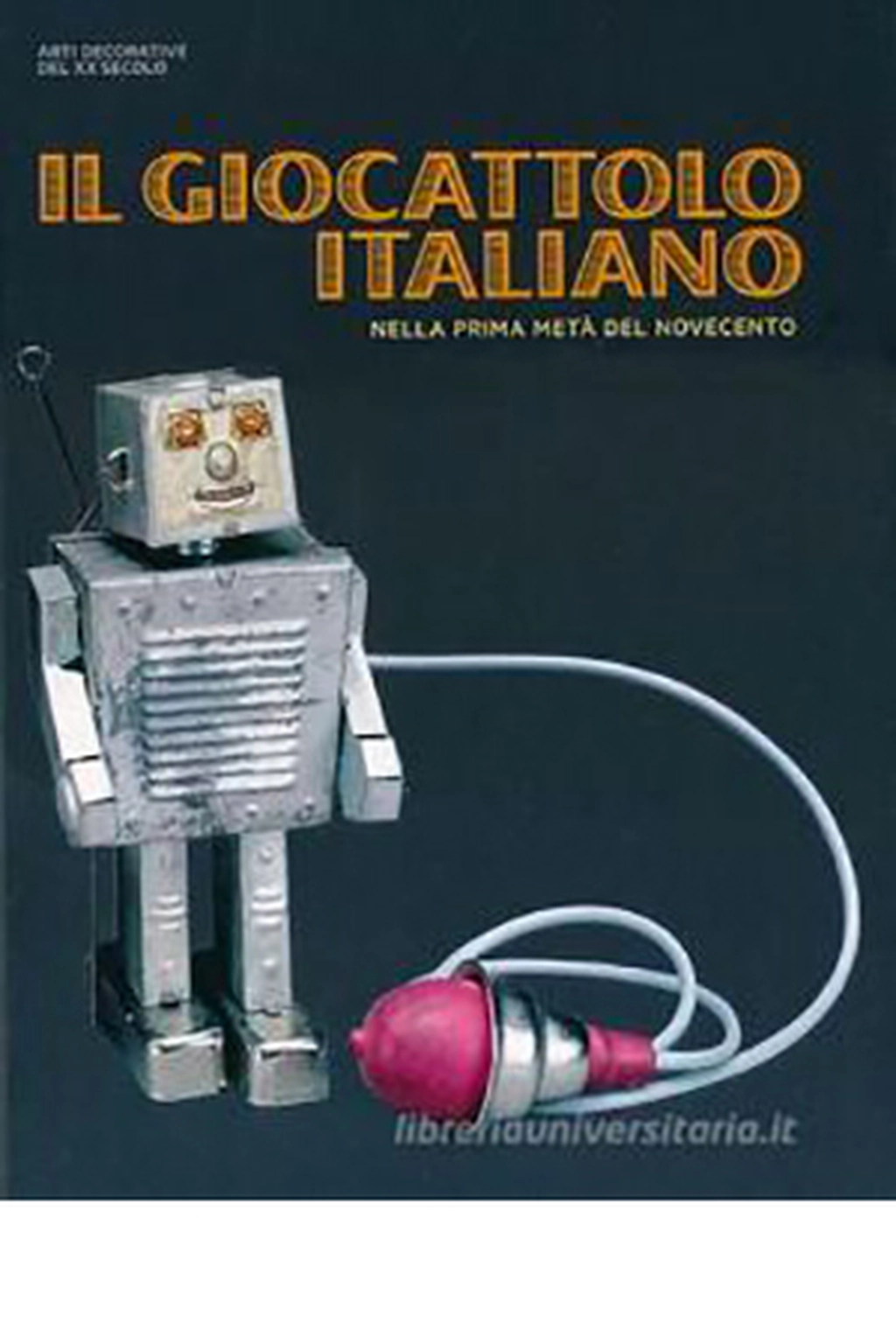This site uses analytics cookies to collect aggregate data and third-party cookies to improve the user experience.
Read the Complete Privacy Information.
I ACCEPT

Il Giocattolo Italiano nella prima metà del Novecento
Il Sole 24 Ore Libri, Milano, 2013
ISBN 8866481335
Toys are one of the highest forms of Italian creativity, true phenomena of custom, always in close connection with the spirit of the time and the spirit of the place. The history of toys in Italy in the first half of the twentieth century closely follows the delicate passage from the rural reality of the beginning of the century to the dawn of the economic boom after World War II. Here are the toys for little girls, with which our grandmothers built their social and cultural identity, made of dolls and furnishings, from the most refined by Lenci of Turin to the most evocative by Furga of Mantua, up to role-playing games with metal kitchens. And here are the games for children, made of "military" rocking horses and warlike scenarios made with toy soldiers and small tin vehicles with camouflage print of Ingap; the games to learn the possible roles in society: from the small wooden tractor to the fire station, passing through more imaginative roles of adventure with planes and futuristic machines. The games of Maria Montessori, who with her method, her approach and her toys, revolutionized schooling, marking the passage from an impositional education to one centered on the child and his or her many developmental possibilities. And again, Il Corriere dei Piccoli: since its first issue in 1908, it has accompanied children on their journey of growth with its colorful strips and the first toy advertisements.

